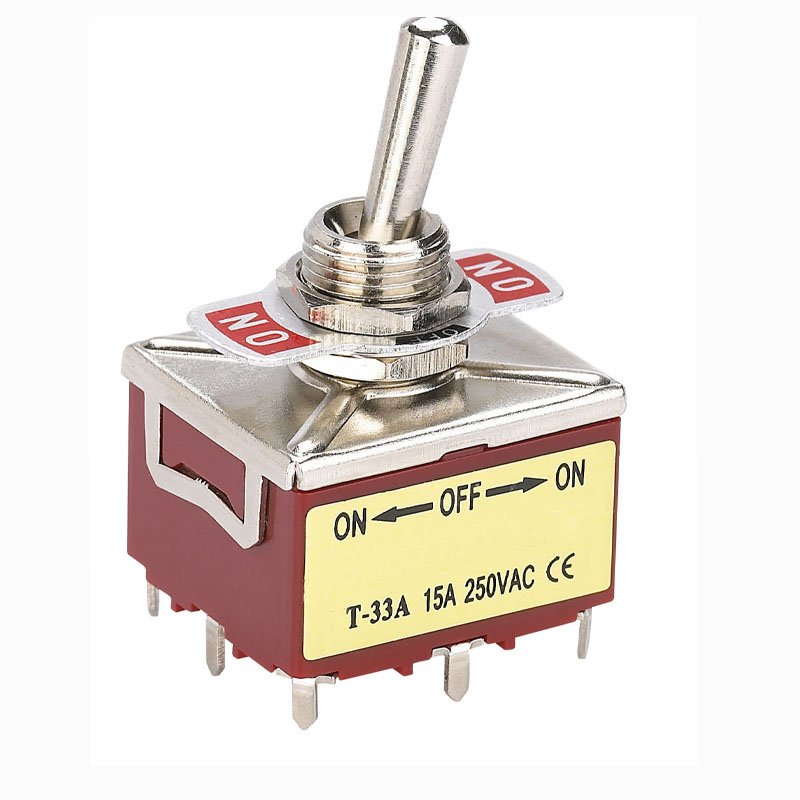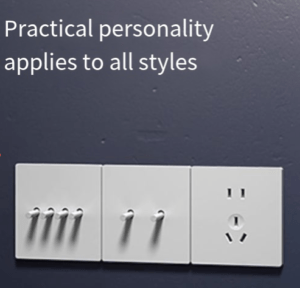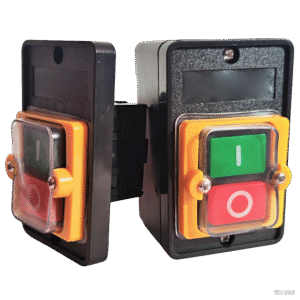Raw material preparation
Contact material: Usually selected copper alloy, silver alloy and other metal materials with good electrical conductivity and corrosion resistance. Copper alloys (such as brass) have a low cost, while silver alloys (such as silver-cadmium alloys) have excellent electrical conductivity. These materials are generally purchased in the form of sheet or wire, in the case of sheet, its flatness and thickness tolerance are checked; For wire, check its diameter tolerance and straightness. For example, the thickness tolerance of copper alloy sheet should be controlled within ±0.05mm to ensure the accuracy of subsequent processing.
Shell material: mainly engineering plastics, such as polycarbonate (PC), nylon (PA) and so on. Polycarbonate has good mechanical properties and weather resistance, nylon has better wear resistance. When purchasing, it is necessary to check the purity and size distribution of plastic particles. It is generally required that the purity of plastic particles is above 99%, and the particle size distribution is within the specified range to ensure the quality of the shell after injection molding.
Pin material: generally made of copper, the surface is usually tinned or gold-plated to improve welding performance and corrosion resistance. The thickness of the tin layer is generally required to be 3-5 μm, and the thickness of the gold layer is 0.1-0.3 μm.
Contact machining

Stamping: The contact material (such as copper alloy sheet) is stamped into the desired shape using a stamping die. The accuracy of the stamping die is crucial, and its dimensional tolerance is generally controlled at ±0.03mm. For example, for the contact of a single-pole single-throw toggle switch, the stamped shape should be able to accurately match the pin and lever to ensure a good electrical connection.
Surface treatment: Surface treatment of stamped contacts, such as silver or gold plating, to enhance electrical conductivity and oxidation resistance. The plating process should strictly control the composition, temperature and plating time of the plating solution. For example, when electroplating silver, the concentration of silver ions in the plating solution should be kept within a certain range (such as 30-50g /L), the temperature is controlled at 20-30 ° C, and the plating time is about 10-15 minutes, so that a uniform and dense silver coating can be obtained.
Shell manufacturing
Injection molding: Engineering plastic particles (such as polycarbonate) are injected into the mold cavity by an injection molding machine to form the shell

of the switch. The design of injection mold should consider the shape, dimensional accuracy and demoulding mode of the shell. For example, for a shell with a complex appearance shape, it is necessary to design a reasonable slider and thimble structure to ensure that the shell can be released smoothly. Injection process parameters such as temperature, pressure and injection speed also need to be strictly controlled. Generally, the injection temperature is 260-300 ° C, the injection pressure is 80-120MPa, and the injection speed is adjusted between 30-80mm /s according to the size and complexity of the shell.
Post-treatment: Post-treatment of the shell after injection molding, including removal of flash, burr, surface grinding and screen printing. The removal of flash and burrs can be done using a sander or a special trimming tool, surface grinding can make the surface of the shell more smooth, and screen printing is to print the brand logo, model number and other information on the shell.
Zhejiang Shuyi focus switch#footswitch
www.cnswith.cn






